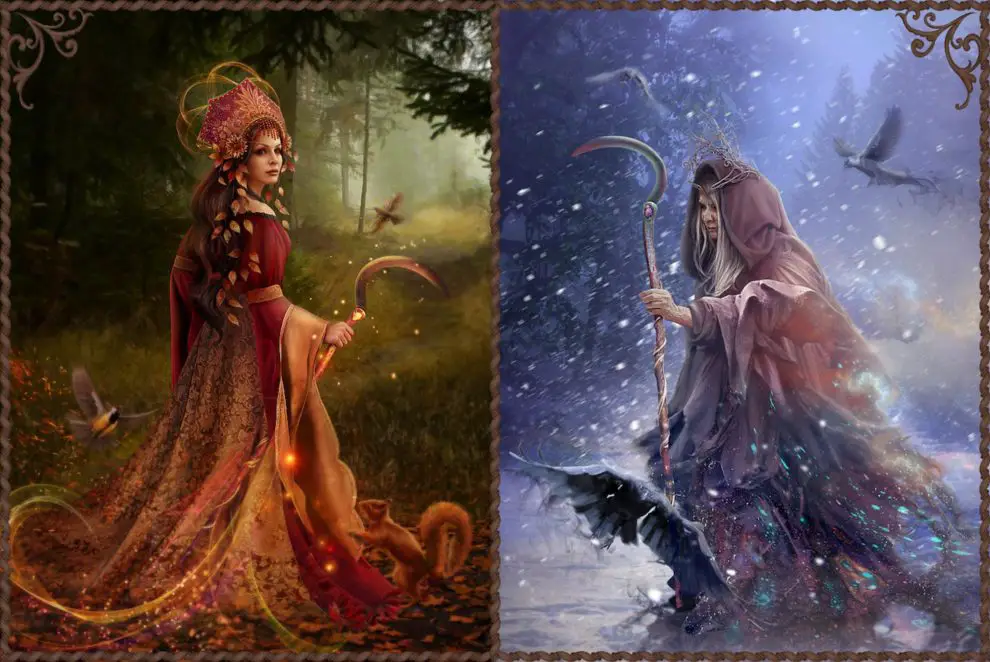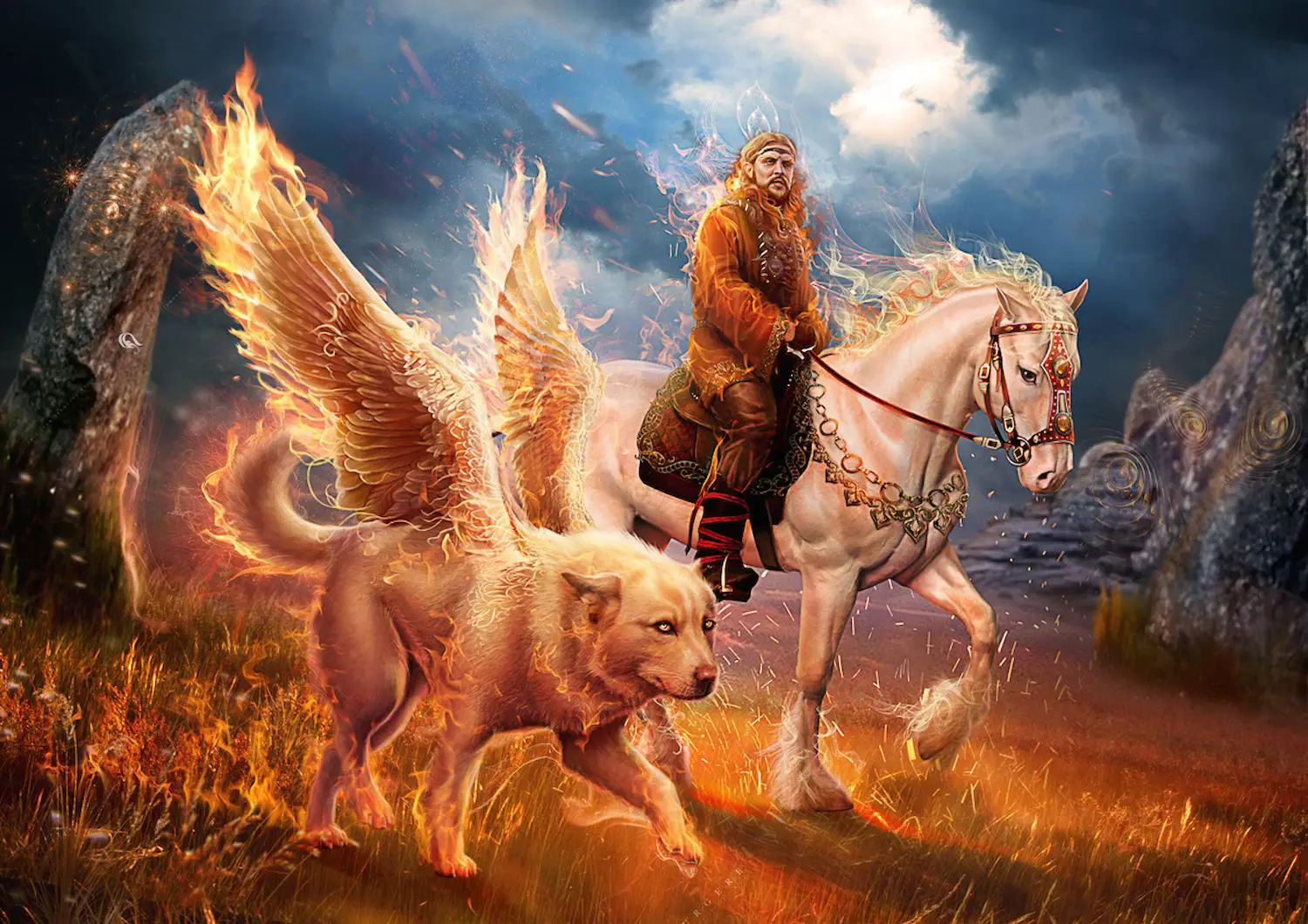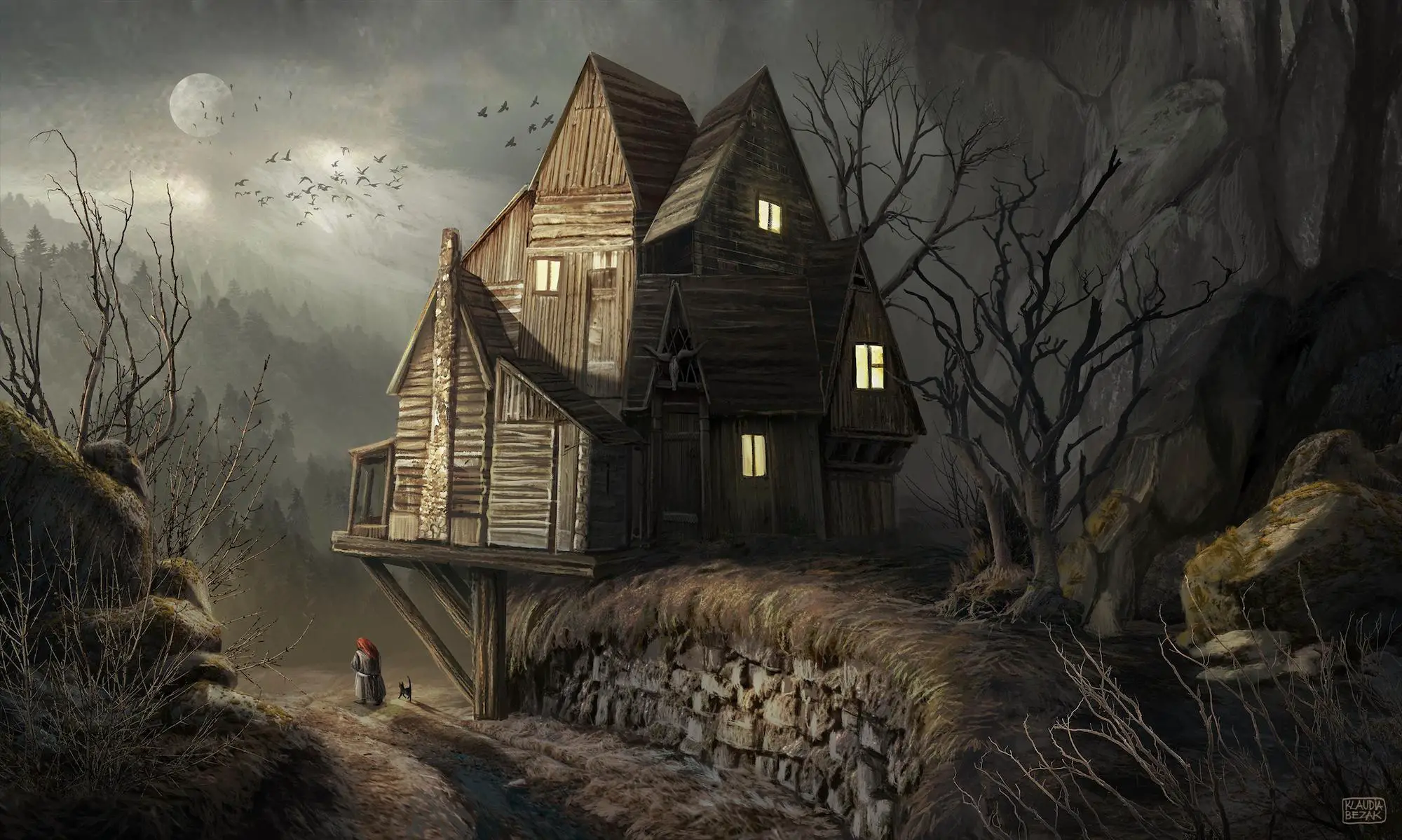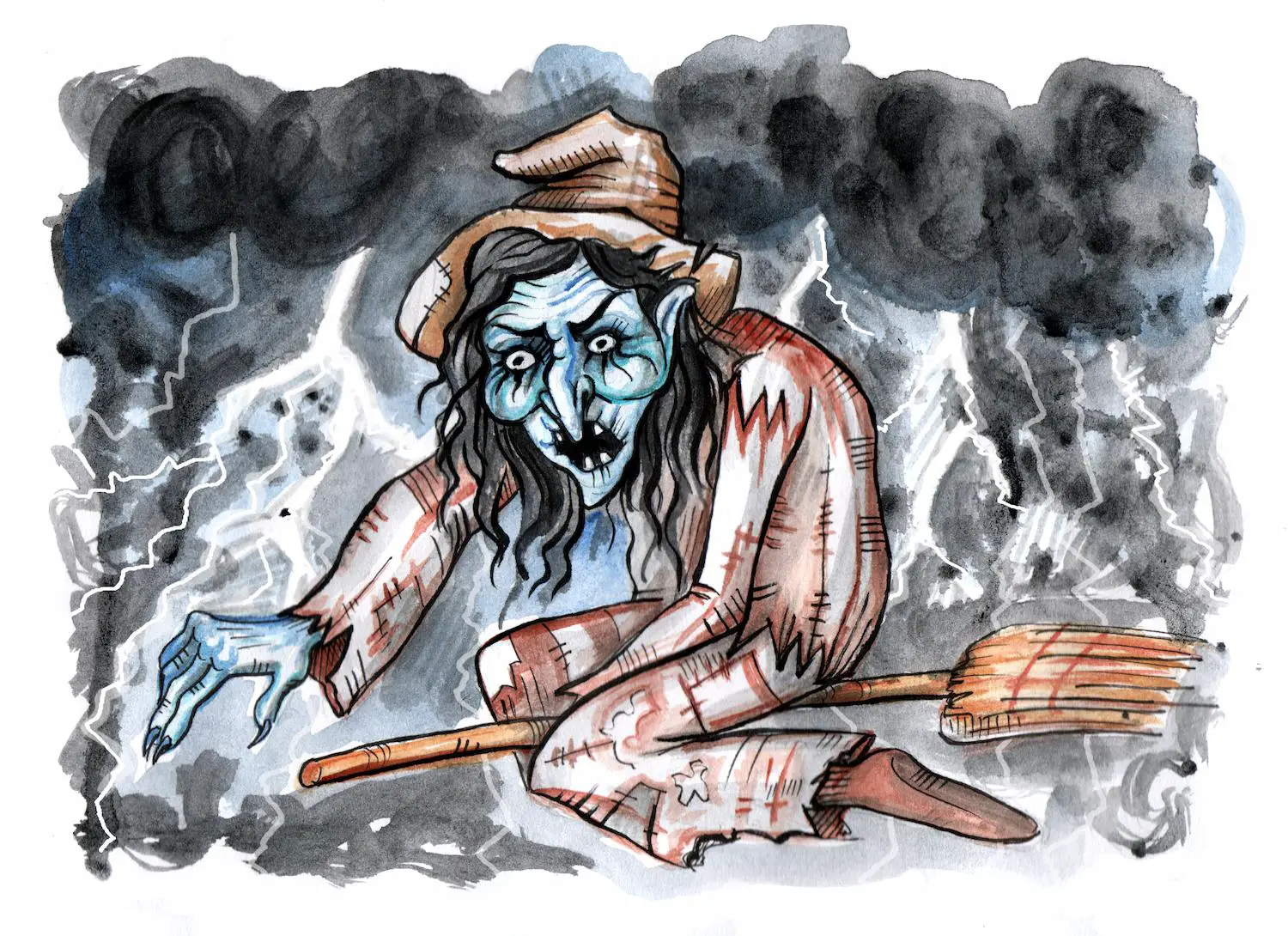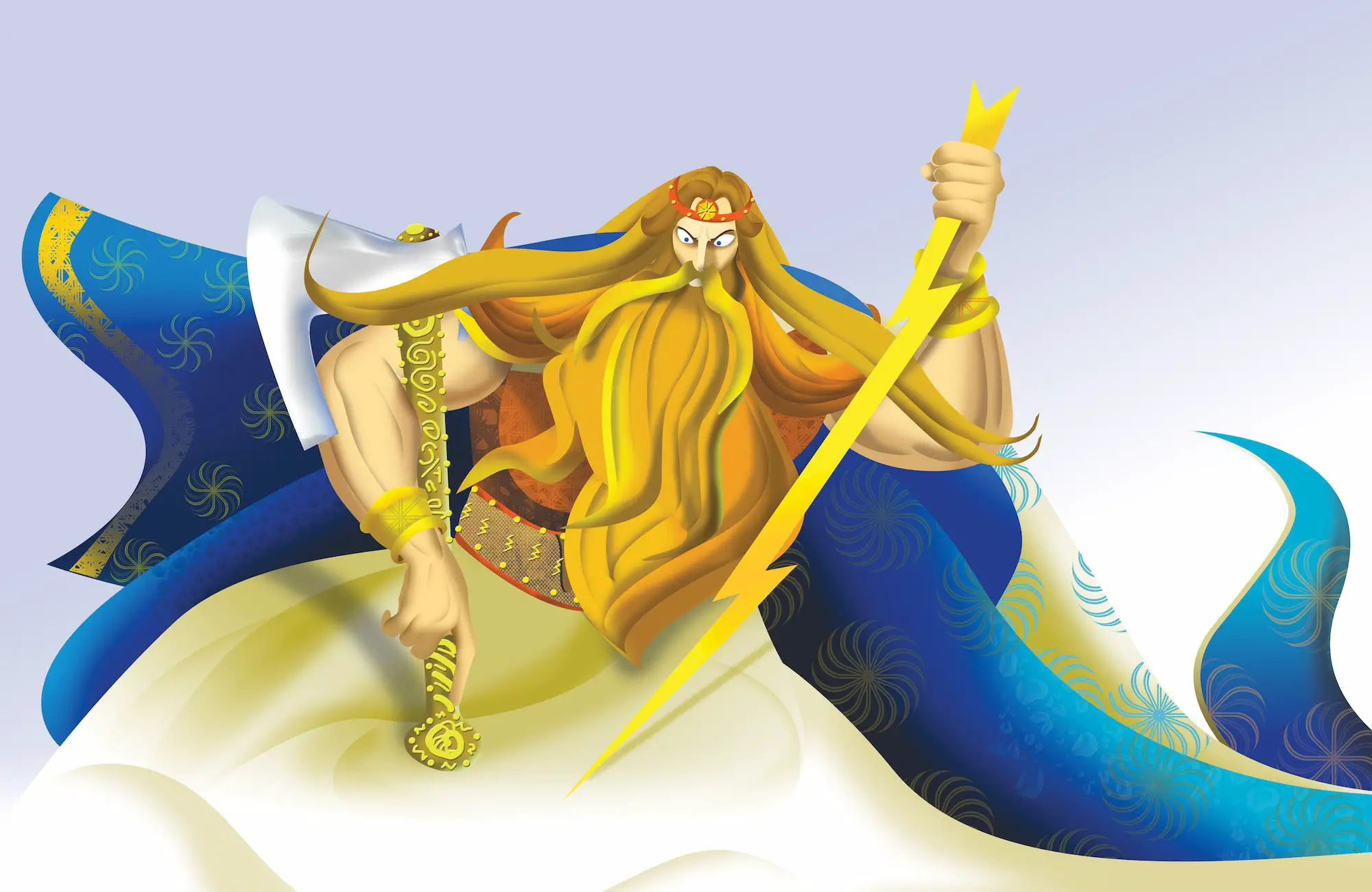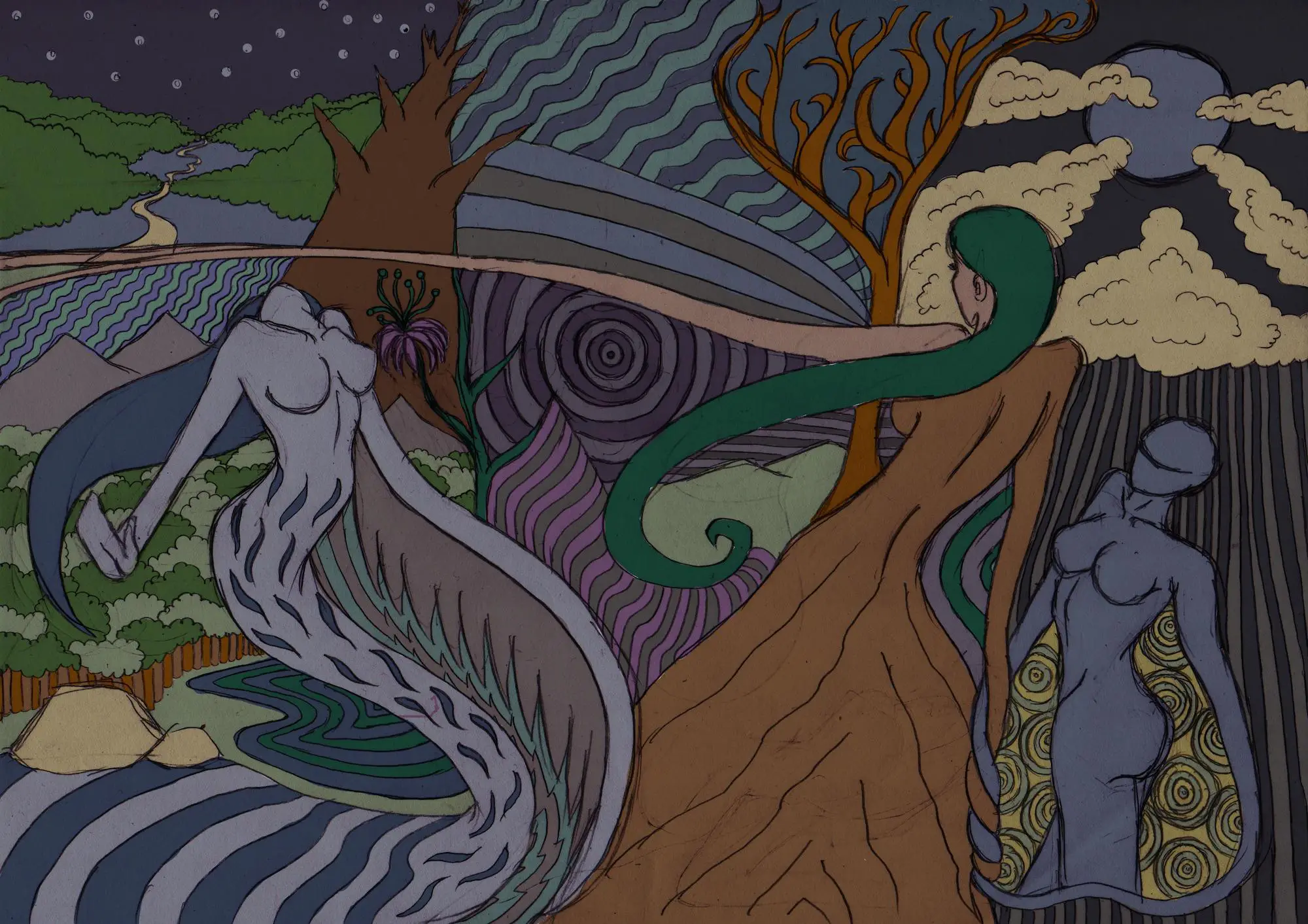The goddess Marzanna, also known as Morana (in Serbian, Slovakian and Macedonian), Marena in Russian, Mara in Ukrainian, is the pagan Slavic goddess of winter, death, harvest, witchcraft, and nightmares.
According to the myth, Marzanna is the daughter of the spring goddess Lada and her husband, the god Svarog. She is recognized as the patroness of the underworld and symbolizes the end of the physical life of mortals on Earth.
Marzanna is an intriguing mythological figure since she unites both winter and death along with the rebirth of nature and fertility.
In fact, it can be said that Marzanna represents various stages of transitions in human life. In addition, she is associated with divination and witchcraft [1]. She is the winter goddess in Slavic mythology.
Table of Contents
Marzanna in Pre-Christian Times
Before Christianity was imposed on Slavic territories, Marzanna was worshiped as the goddess of the harvest. She was also exquisitely honored through numerous rituals and ceremonies.
Her main themes are weather, winter, spring, protection, death, rebirth, the cycle of changes, and growth. The physical symbols that represented this deity were dolls made of natural materials such as wood (or straws) as well as water in the form of ice and snow.
In the ancient Slavic rites, the death of Marzanna marks the end of winter and symbolizes the rebirth of spring or, as believed, the Goddess Kostroma also known as Lada or Vesna who represented the coming of spring.
Name and Etymology
The name Marzanna has a Proto-Indo-European root where “mar” or “mor” means death.
According to some Slavic folklorists, the name of the goddess may have been originally connected to the Roman god of war-Mars, whose name can be found in various forms such as Mamers, Marmor or Mamurius.
The scholastic Indo-Europeanists connect Marzanna to Mars as he was originally an agricultural deity.
The root of the name is also associated with the Latin “mors” which means “death” and the Russian “mor” which is translated as “pestilence”.
Other theories associate the goddess Marzanna with the Germanic and Slavic evil spirit “mare” which was believed to cause nightmares and sleep paralysis.
The word “mara” means dream in some Ukrainian, Belarusian and Russian dialects but it can also be interpreted as “vision” or “hallucination”.
Traditions and Honoring
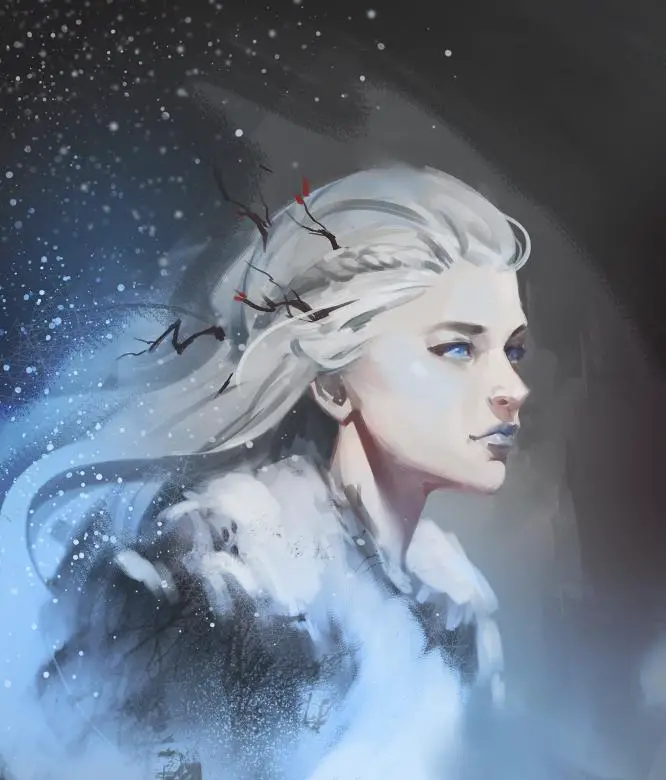
On the territory of Poland, Slovakia, Lithuania, and the Czech Republic, there was a traditional ritual of drowning and burning the effigy of Marzanna at the end of the winter. This ritual is present even today.
In the past, the day of this Polish folk custom happened on the fourth Sunday of Lent. Later it was celebrated on the 20th/21st March, the first day of spring [2].
The effigy is dressed in female attire and set on fire or drowned in a river (or sometimes both.) It may be small, the size of a puppet or a doll or it can be made to look like a dummy.
The ritual symbolizes the end of the winter darkness, the celebration of the first day of spring and the rebirth of nature.
Drowning Marzanna
In the “Warsaw Voice”, (the English language paper in Poland and Central Europe), the writer and reporter Tom Galvin describes his experience of the folk ritual performed in honor of Marzanna.
According to Galvin, the locals created a large figure of a woman made of rags and bits of clothing. She is then thrown in the river on the first day of the spring calendar.
Very often, he says, Marzanna is burned together with herbs right before the drowning. Also, a twin custom is mentioned where the local girls would decorate a pine tree with flowers and colored baubles and then carry it through the village.
The locals would also share numerous superstitions about the drowning of Marzanna, for example, that you mustn’t touch the effigy once it’s in the water nor you should look at her on your way home and it was considered bad luck if one would stumble or fall.
The anthropological analysis of drowning and burning effigies suggests that these practices were derived from sacrificial rites aiming to ensure a fruitful harvest [3].
Believing that burning the effigy that portrays the goddess of death once would eliminate any unfortunate aspects of its presence, in this case, the winter, and thus introduce new flourishing through spring is a folk practice that anthropologists describe as imitative magic.
Historical records describe the drowning of Marzanna as a ritual with an effigy made of straw, adorned with jewelry and ribbons.
The effigy was handed over to a group of children holding green juniper twigs who would carry it around the village.
During the procession, the goddess was dipped in streams or puddles along the way.
In the evening, the local young adults would take the effigy and lit the juniper twigs to illuminate Marzanna and then carry her out of the village to throw her in a big body of water.
Marzanna in Christian Times
The drowning of Marzanna was considered a pagan custom by the Catholic Church. Because of that, there were multiple attempts to forbid it.
However, the custom was strong enough to prevail.
At the beginning of the 18th century, the Church unsuccessfully tried to replace this custom with a Christian custom of throwing an effigy down from a church tower (effigy symbolized Judas).
Today, the custom traditionally happens on the day of the spring equinox.
Marzanna and the Copse
As it is mentioned before, the drowning of Marzanna was originally performed on White Sunday and then on March 21st.
Many folklorists agree that the custom of carrying green twigs was initially performed later in the year, i.e. shortly after Easter and this announced the coming of spring (in the cycle of nature’s rebirth).
The Significance of Marzanna
Today, Marzanna is perceived as a personification of winter but also a Slavic goddess that commanded both the earth and underground world.
The most dominant ritual in her honor, the drowning, is interpreted as a symbolic descent of this goddess into the underworld with the hope to be reborn again. The sacrificial aspect of the ritual is associated with the attempt to appease winter and avoid harsh conditions.
Sources
- https://journeyingtothegoddess.wordpress.com/2012/03/23/goddess-marazanna/
- https://moniquevidal.medium.com/20-days-of-goddesses-til-imbolc-cf52a0522155
- https://www.ancient-origins.net/myths-legends/cycle-life-and-death-slavic-goddesses-morana-and-vesna-006984







